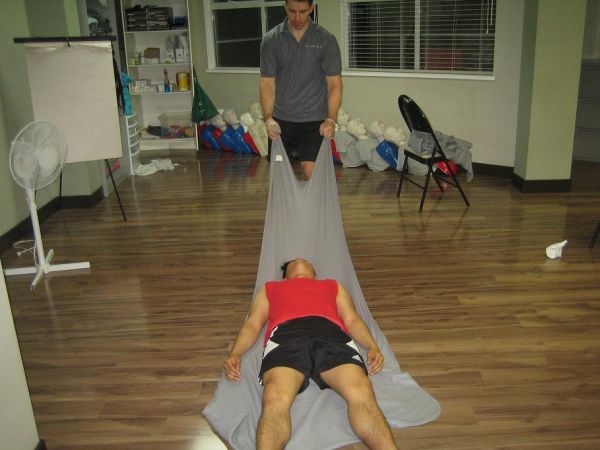You have witnessed or experienced a medical emergency, what should you do? Should you drive the victim to the emergency department or wait for the ambulance to arrive?
In most cases of medical emergency, such as stroke, diabetic emergencies or

stroke, it is essential that the victim receive appropriate medical treatment immediately. Every second counts and can make the difference between life and death. Most healthcare experts recommend that you call 911 immediately, when you think someone suffered acute medical condition, rather than driving the victim to the emergency department. Even if the scene of emergency or accident is very close to a healthcare facility, it is always best to call 911. The emergency service is equipped, not just with medical supplies and equipment, but they are also closely coordinated with the hospital thus they can tell the hospital in advance of the condition of the incoming patient. And since the emergency response team is closely coordinated, there is no waste of time.
When you call 911, the dispatch operator connects you with the entire emergency medical team – the paramedics, the emergency medical technicians and the receiving healthcare facility. The operator may also give you instructions about how to give first aid to the victim.
Risks of Driving Someone to the Emergency Department
Driving someone to the emergency department may actually put the victim in greater risk. Some risk factors when you drive a victim to the hospital include:
- Distraction while driving through busy traffic
- Lack of knowledge and skills in providing safe emergency medical care
- Absence of life-saving equipment and supplies in the vehicle
- Moving the victim could lead to more serious health problems.
Take note, however, that not all emergency cases are the same. In some situations, it may be best to drive the victim to the hospital. How do you know when to wait for an ambulance and when to drive the person to a healthcare facility?
Questions to Ask Yourself
Ask yourself the following questions:
- Is it a life-threatening condition?
- Could the condition progress or worsen while transporting the victim to the hospital?
- Could moving the victim cause further harm or injury?
- Does the condition of the victim require specialized equipment/skills of emergency medical technician or paramedics?
- Could traffic, distance or weather condition delay getting medical help?
- Could the expertise of a paramedic help provide the best treatment for the victim?
If you answered yes to any of these questions or if you are not certain, then call 911 for emergency assistance. Moreover, even if you are certain that you can bring the victim to the hospital faster than waiting for the ambulance, 911 can guide you through the lifesaving skills needed by the victim.
When you call 911, speak clearly and calmly. Be ready to provide information such as name, phone number, exact location of victim, and nature of emergency. Don’t hang up unless by the 911 dispatcher. Listen carefully to the emergency dispatch operator for instructions.
Last and most importantly, never allow the victim to drive him or herself to the hospital, especially when he or she is suffering from a potentially serious condition.
Learn More
To learn more about when and how to contact EMS during a first aid emergency enrol in the following workplace approved programs.
- Standard First Aid and CPR – click here for more details.
- Emergency First Aid and CPR – click here for more details.
- Standard Childcare First Aid and CPR – click here for more details.
Related Video

